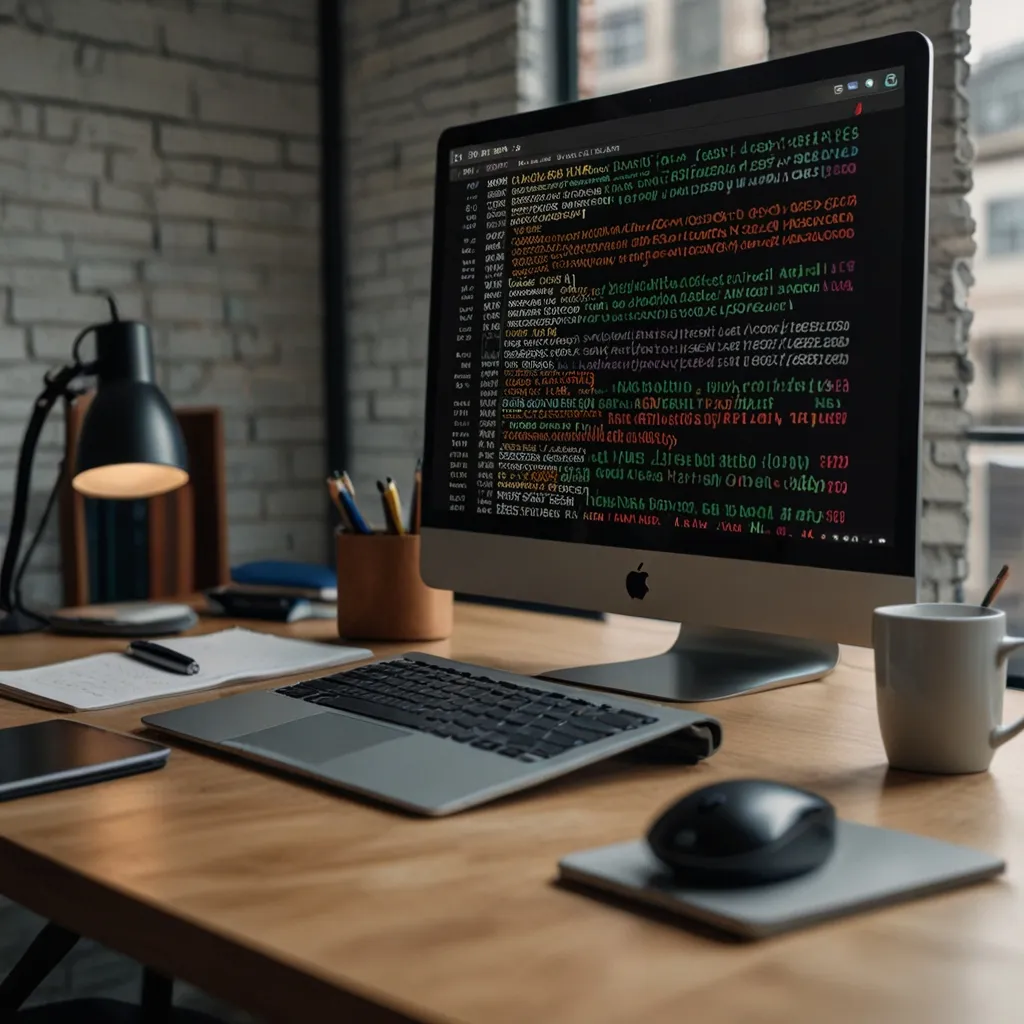Erlang, a programming language with a rather understated presence, has been quite the game changer in tech. It’s especially known for rocking the world of highly concurrent and distributed systems. Invented by Ericsson in the 80s, Erlang was initially meant to meet the daunting demands of telecommunication systems. Fast forward to today, its versatility extends across different industries, making it a go-to for developing robust and fault-tolerant applications.
Erlang’s story kicks off in the late 1980s when Ericsson was facing the need to build a language that could effectively handle the nitty-gritty requirements of telecommunication infrastructure. The aim was straightforward yet challenging—create a system that could manage a boatload of concurrent processes efficiently while ensuring fault tolerance. This ambition gave birth to a language that stands out from many due to its unique approach to concurrency and distribution.
Now, if there’s one thing that Erlang is known for, it’s how naturally it supports concurrency. Many programming languages treat concurrency as an additional feature, but Erlang bakes it right into its core design. This design choice means developers can whip up a bunch of processes without fretting over them conflicting with each other. And if any process crashes, it’s like a minor blip that doesn’t send ripples across the entire system. This built-in fault tolerance allows for automatic recovery from failures, ensuring minimal downtime, making it an enviable choice for applications demanding high availability and reliability.
One of the realms where Erlang really struts its stuff is in real-time systems. Think of environments where responsiveness and low latency are top priorities. Erlang can handle hot swapping, which is fancy talk for updating or changing code without having to stop the system. Imagine changing the engine of a car while it’s still running—that’s hot swapping for you. Such capabilities are gold for systems that need to be always on, like telecom routing systems or even web servers.
Speaking of systems, Erlang was practically forged with distributed systems in mind. It inherently supports the creation of systems that span multiple nodes, facilitating seamless process communication across the network. This built-in feature simplifies scaling systems horizontally to manage increasing loads without a hitch. Erlang’s distribution mechanism fits like a glove for applications like MMORPGs or social networking sites, where the system has to juggle millions of users simultaneously.
At its essence, Erlang is a functional programming language. That means it’s all about evaluating mathematical functions and shying away from changing state and mutable data. This paradigm boosts its prowess in system design, especially when it comes to ensuring data remains immutable within processes. Moreover, Erlang supports pattern matching and dynamic typing, which makes the code easier to write and understand.
Erlang’s unique traits haven’t gone unnoticed. Telecommunication is a given, where it’s used to build solid switching systems managing hundreds of thousands of users. In sectors like banking and eCommerce, Erlang’s real-time and fault-tolerant strengths ensure transactions are processed swiftly and reliably. WhatsApp is a classic example, leveraging Erlang to handle its massive concurrent messaging service effortlessly.
When it comes to scalability and performance, Erlang’s capabilities are pretty remarkable. It easily caters to a large pool of concurrent users while staying resilient under heavy loads. Its low latency and small memory footprint make it efficient even when using less powerful hardware. This scalability energy, combined with its concurrency model and distributed architecture, empowers developers to craft systems that smoothly scale across multiple nodes, all without compromising performance.
But hey, Erlang’s prowess isn’t restricted to telecom alone. In the finance world, this language aids in building trading platforms where low latency and high availability are paramount. For web development, frameworks like Cowboy and Yaws utilize Erlang, making it a strong contender for backend development. Heck, it’s even part of the 3D graphics arena, supporting applications like Wings, a 3D modeling program.
When examining Erlang, its approach to error handling stands out as rather unique. Instead of getting tangled up in trying to catch all errors and exceptions, Erlang processes are designed to crash and then restart via a supervisor process. This “let it crash” philosophy simplifies error handling and helps maintain system stability despite failures. The isolated nature of Erlang processes, communicating solely through message passing without sharing data, makes multicore programming seamless.
Modern times haven’t relegated Erlang to the past. Despite originating decades ago, its foundational principles retaining relevancy in today’s fast-paced tech universe. Its concurrency model, in particular, aligns exceptionally well with the architecture of multicore computers, rendering Erlang an appealing option for crafting contemporary distributed systems.
Erlang isn’t merely a programming language; it’s a robust toolkit for building high-availability, fault-tolerant applications. Its unique design, which underscores concurrency, distribution, and functional programming, designates it as an ideal choice for industries demanding top-notch performance and reliability. Whether it involves developing telecommunication switching systems, financial trading platforms, or web applications, Erlang offers a powerful arsenal for developers to meet their goals efficiently and effectively. As technology marches forward, Erlang’s core strengths ensure its continued relevance and value in the evolving landscape.






